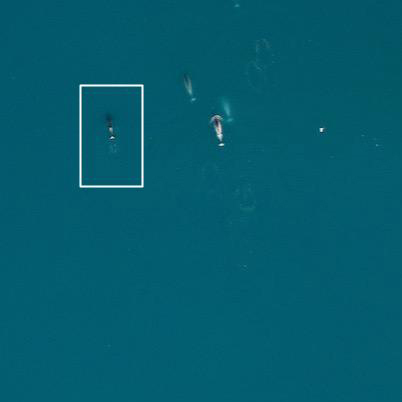
“We brought an infrared camera mostly to see if we could find walruses, seals, and polar bears on the ice, but when we looked at the infrared footage, we saw these narwhals swimming."

Tags: climate change, conservation, coral, faculty, IOF students, Marine protected areas, Pacific, Research, Simon Donner
Study found coral in more polluted and high traffic water handled extreme heat events better than a more remote, untouched reef.
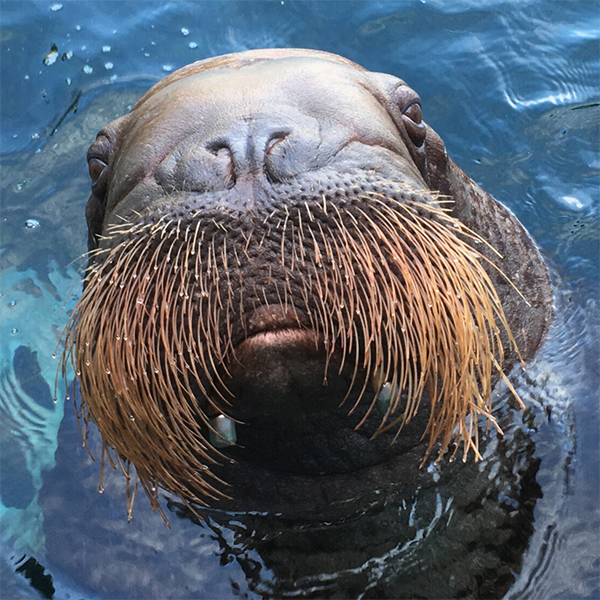
Tags: David Rosen, faculty, marine mammals, MMean Lab, pinnipeds, Research, sea lions, Vancouver, walrus
Knowledge about resting metabolic rates or energy expenditures can lead to big, meaningful changes for the conservation of wild animals.
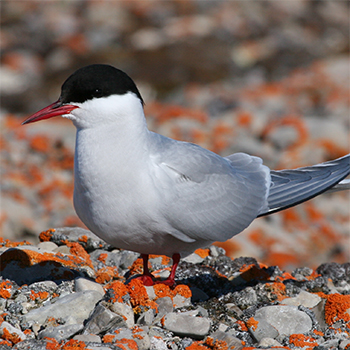
Tags: biodiversity, conservation, IOF students, Marie Auger-Methe, seabirds, SERG, statistical ecology, sustainability
The Arctic tern—which has the world record for the longest annual migration—uses just a few select routes, a key finding that could help efforts to conserve the species
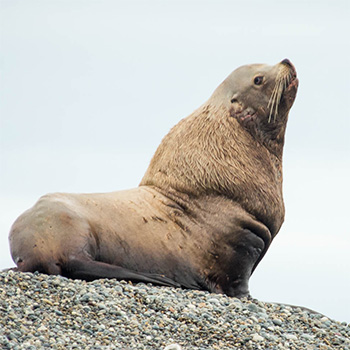
More than 50 years of studying Steller sea lion behaviour has yielded one of the most complete life history descriptions for any species of marine mammal.

Goal: to learn how polar bears find food and understand how they use wind to guide them in their search for prey.

Tags: Brian Hunt, Christopher Harley, faculty, Research, Seminars and events, Simon Donner, video, William Cheung
We brought together leading experts in climatology, oceanography, aquatic ecology, and fisheries to share their knowledge about heatwaves and their impacts on biodiversity and dependent human communities.
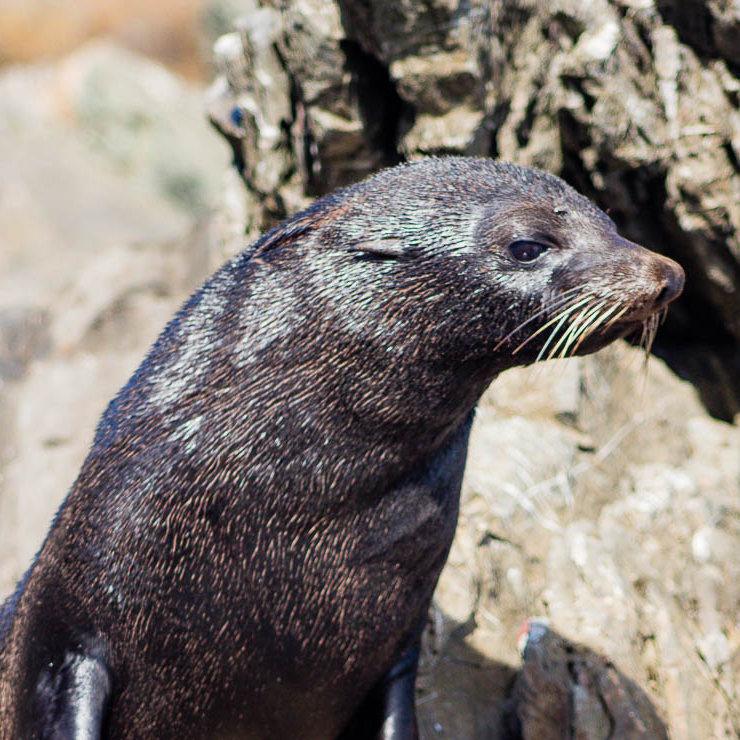
New colony of Guadalupe fur seals discovered on El Farallón de San Ignacio Island, Gulf of California
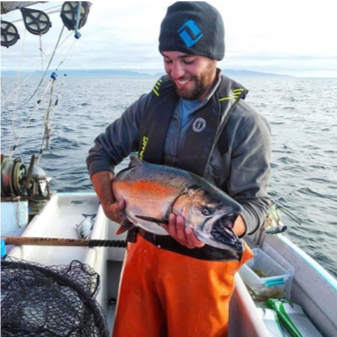
Tags: Brian Hunt, British Columbia, faculty, fish stocks, fisheries management, foraging, IOF students, life cycles, Research, salmon
Stable isotope analysis can peel back the curtain to give scientists a view of where fish spend their time, what they’ve been eating, and how they are interacting with other species.
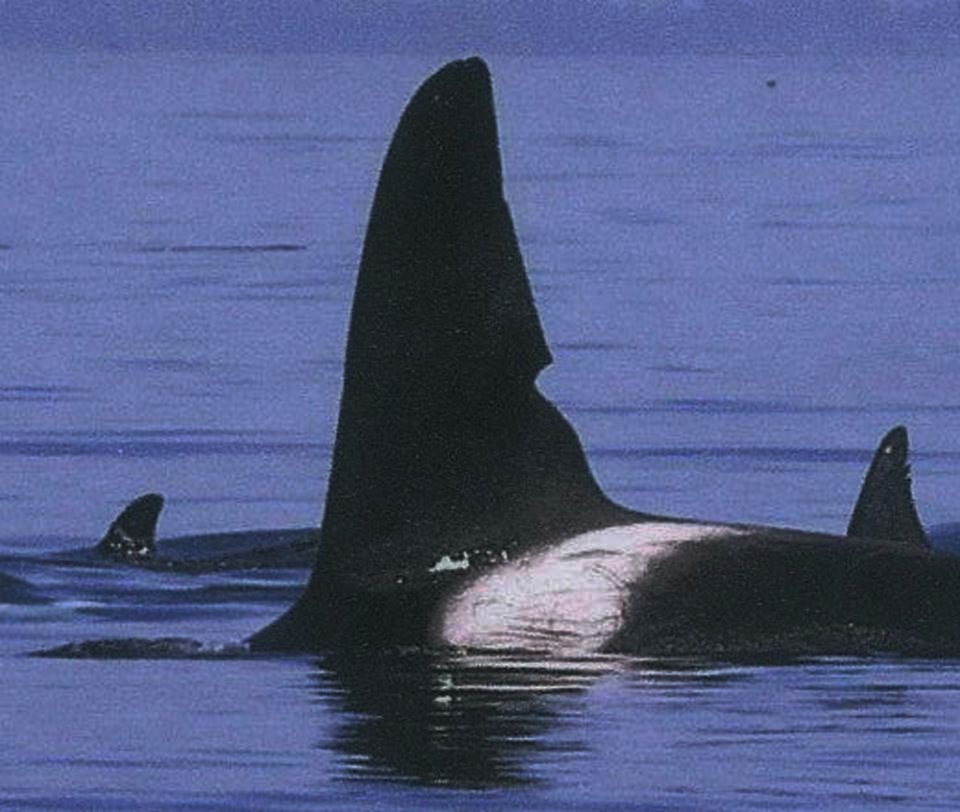
Tags: Andrew Trites, British Columbia, faculty, IOF students, Marine Mammal Research Unit, Pacific, Research, USA, whale-watching, whales
Thirteen years of photo-identification data of killer whales observed in California and Oregon provide new insights into the distribution and population structure of mammal-eating killer whales in the eastern North Pacific Ocean.